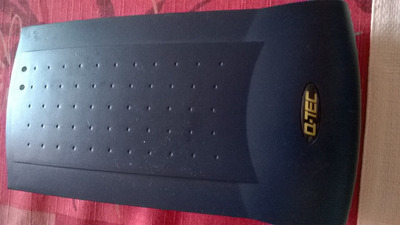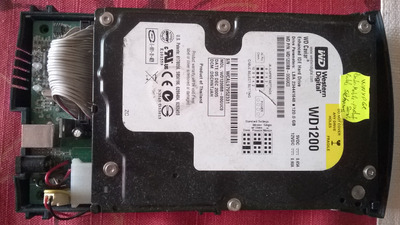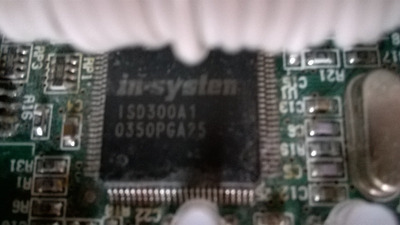First post, by Nunoalex
Hi gain everyone !
I recently bought and old 486 DX2-66 computer that brought a 170mb IBM hard drive (IBM wda-l160)
I suspect the hard disk came form an older system that was upgraded since 170mb was already too low for a 486
I will later put pictures of the machine later on the "system specs" section of this forum
Anyway I plugged the drive on another machine since the mobo that came with the system is heavily corroded by the varta plague taking care to configure the jumper to slave drive (I looked up the drive model online)
The drives boots and makes happy old hard drive noises, no sign of a mechanical malfunction
I could access D: (actually D: and E: since it was partitioned in 2) and "DIR" gives me the list of files I could make MD directories (not folders, DIRECTORIES dammit) and I could copy files over to my other C: drive
But then the problems started, when "chekdisking" there were a lot of truncated files, lost chains etc etc FAT was corrupt etc etc
But trying the checkit /f hangs the machine after a few files are processed
I tried NDD and again errors upon errors, sometimes it seemed it could fix the FAT issue but then it would tell me "drive not present" while fixing the directory structure
I did manage to bring NDD to run to the end and it seem to do a surface scan that showed no errors and the drive light was lit and it seemed to be processing the disk surface
There was a clear map of the drive with used and unused sectors shown... no bad sectors whatsoever)
So I decided to just go nuclear and bring back good old FDISK (My gosh I think it was the first time I used FDISK in 25 years)
FDISK erased the old partitions and made a new 170mb one, I set it to active and then next logical step was good old "Format D:"
First Format said it didn't have space to save a recovery file and then proceeded with he format.. when it reached 100% it stopped a bit and then it said "Cannot write FAT, Format terminated"
So now the drive is not accessible most of the time, but sometimes I CAN access it and DIR command shows no files - empty
I plugged the drive to another computer with windows 7 and windows recognized and installed "drivers" for it and it was present as drive D: but could not access it or format it
So I come here for help if anyone can have an idea of what I can do
I doesnt seem to be a mechanical problem, the drive behaves normally, powers up, does the self test and obeys commands that are sent to it
It seems a logical problem
Could the magnetic material in the platters be demagnetized after all this years and the logical information of the drive geometry that was recorded at fabrication be weak or erased and the drive needs a new low level format?
Or can a capacitor on the control board be bad and data read/write is not reliable? But the errors seem very specific, for example I did manage to dir/s and xcopy files etc... no strange errors there
Or am I just doing something wrong? My DOS era hardware memory is already a bit vague
Well thank you everyone
Nuno





